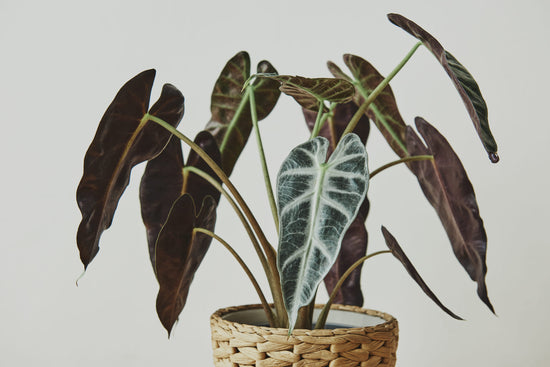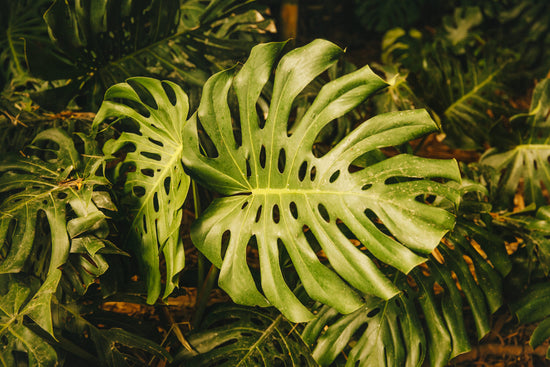Definition: Cuttings are parts of a plant that are separated from the parent plant and used to grow a new, independent plant. This method of plant propagation is particularly popular because it is relatively easy to do and often results in faster growth and healthier plants.
Types of offshoot formation
-
runners (stolons):
- Description: Runners are special shoots that spread horizontally above or just below the ground. New plants develop at the nodes of these shoots.
- Examples: strawberries, spider plants (Chlorophytum comosum).
- Procedure: After sufficient root formation, the new plants are separated from the main shoot and planted separately.
-
downers:
- Description: This involves bending a branch of the mother plant into the ground and partially covering it until it takes root.
- Examples: raspberries, currants.
- Procedure: As soon as roots are visible, the rooted branch can be separated from the mother plant and transplanted.
-
Cuttings:
- Description: Cuttings are cut parts of a plant (stems, leaves, roots) that are placed in water or soil to form roots.
- Examples: roses (stem cuttings), African violets (leaf cuttings), hydrangeas.
- Procedure: The cutting is placed in a suitable substrate and watered regularly until it forms roots.
-
Kindel:
- Description: Offshoots are small plants that form directly on the mother plant and already have their own roots.
- Examples: orchids, bromeliads.
- Procedure: The offshoots are carefully separated from the mother plant and cultivated in their own pot.
Advantages of propagation by cuttings
- Speed: The new plant often has a growth advantage because it already has roots.
- Genetic identity: The offshoot is a clone of the mother plant and therefore retains all characteristics, which is particularly advantageous for plants with special characteristics.
- Cost Saving: It is a cost-effective method of obtaining new plants as there is no need to purchase seeds or additional plants.
Steps to Successful Offshoot Formation
-
Selection of the offshoot:
- Choose a healthy, strong shoot or part of the plant.
- Make sure there are no diseases or pests.
-
Preparation:
- Cut the cutting with a sharp, clean tool to minimize injury.
- Remove excess leaves or flowers to reduce evaporation.
-
Rooting:
- Cuttings can be placed either in water or directly into a suitable substrate (e.g. potting soil).
- Keep the cutting moist, but avoid waterlogging.
-
Care:
- Place the cutting in a bright but not directly sunny location.
- Keep the humidity high, e.g. by covering with a clear plastic bag.
-
Transplanting:
- Once the cutting has developed sufficient roots, it can be planted in its own pot or in its final location.
Common mistakes and how to avoid them
- Overwatering: Waterlogging can lead to root rot. Keep the substrate moist but not wet.
- Too little light: Make sure the cutting gets enough light, but not direct sunlight.
- Impatience: Give the cutting time to form roots. Avoid transplanting too early.
Propagating plants through cuttings is an effective method of growing new plants. With a little patience and the right conditions, numerous plant species can be successfully propagated. Whether you are a gardening enthusiast or a houseplant lover, cuttings are an exciting and worthwhile technique that is suitable for both beginners and experienced gardeners.





